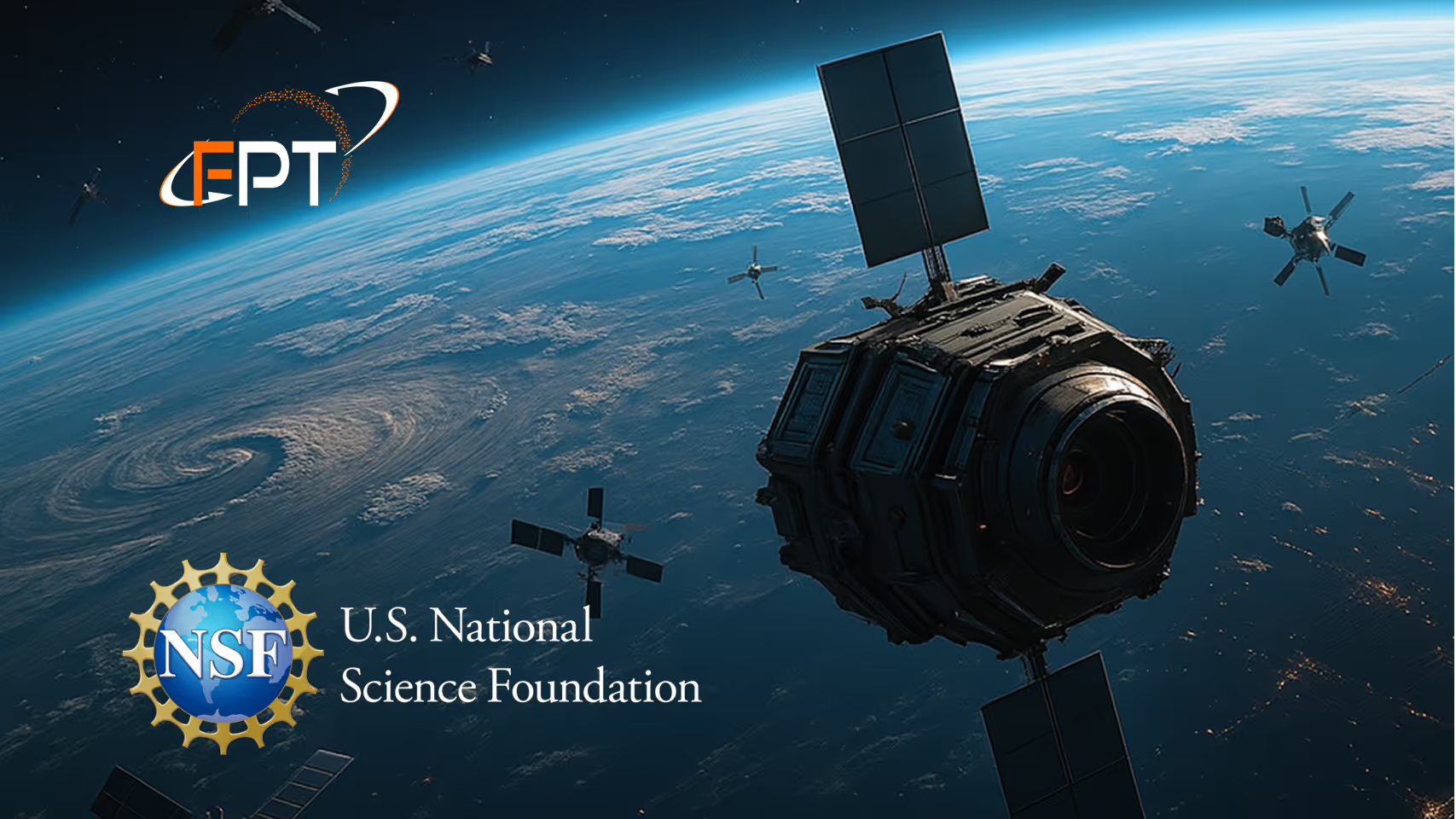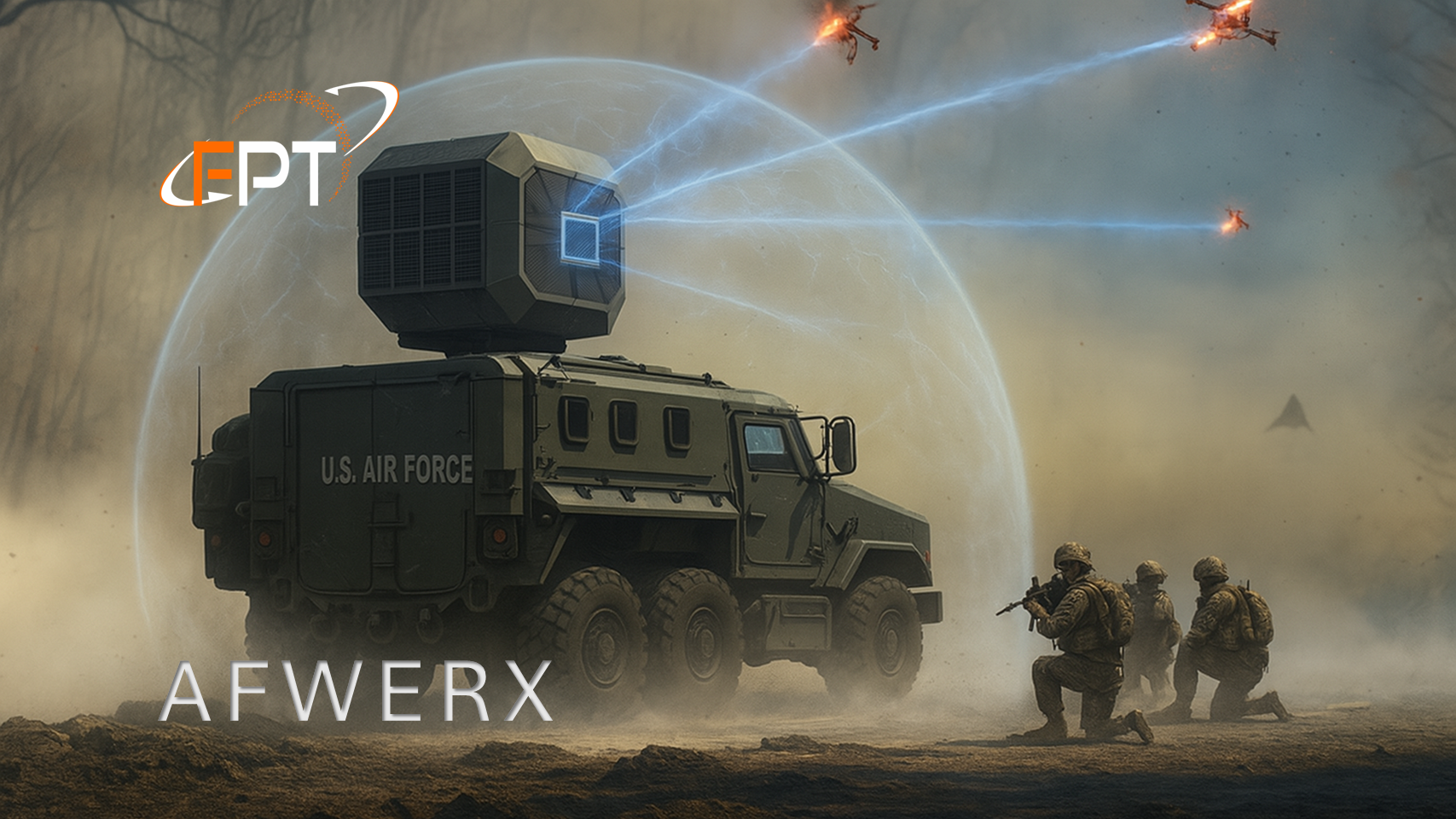Core Technologies Driving a New Era in Aerospace and Defense
At Field Propulsion Technologies, we focus on two foundational technology verticals: propellant-less propulsion and counter-electronics systems, that together reshape how vehicles move, survive, and operate across contested air, space, and electromagnetic domains. Each vertical is built on advanced field-based physics, proprietary materials, and deep scientific validation.
Scroll Down

Propellant-less Propulsion
Propellant-less propulsion device in small satellite operations in Low Earth Orbit (LEO), represents a paradigm shift in space propulsion technology. The system generates directional force without the need for onboard propellant or mechanical components using engineered metamaterials and electron drift velocities. It creates continuous thrust with dramatically reduced mass and volume, ideal for satellites, deep space probes, and maneuverable air platforms. This innovation allows the generation of several millinewtons using only a few milliamperes, and can deliver tens of newtons of thrust, validated under space representative conditions.

Counter-Electronics Systems
Compact emitter capable of projecting Electro Scalar (ES) radiation in a non kinetic, field based force that can neutralize electronics without physical destruction. This system offers a low power, high precision solution for disabling critical enemy infrastructure, including computers, communications, sensors, drones, and vehicle electronics. Unlike conventional EMPs or RF jammers, the ES emitter operates discreetly, bypasses traditional shielding, and remains undetectable by standard countermeasures, while maintaining high efficiency under operational conditions.
A Unified Field-Driven Architecture for Propulsion and Electromagnetic Control
FPT’s metamaterial technology forms the scientific backbone of our work, enabling both fuel-free propulsion and field-based counter-electronics through a precise, multi-phase physical process.
Force Generation Through Aligned Current Pathways
Our engineered metamaterials produce measurable force using low current (tens of milliamperes) and low power (single-digit watts). The forces arise from precise alignment of internal conductive structures, allowing current to generate directional mechanical force externally.
Materials Optimization for Performance and Power Scaling
Our internal geometry is optimized to maximize force output while operating efficiently under increased electrical loads. Ongoing development focuses on enhancing mechanical tolerance and thermal stability for robust field deployment.
Dual-Use Integration Across Propulsion and Counter-Electronics
The same metamaterial architecture can be configured to support either propellant-less thruster systems or electro-scalar disruption devices, depending on form factor and circuit behavior. This flexibility allows a single core technology to address multiple mission needs across defense and aerospace.
Projects
DARPA
Relativistic Electrodynamics and Exotic Propulsion, 2018.
U.S. National Science Foundation Phase I
Advanced Propellant-less propulsion system for spacecraft based on the Unresolved Longitudinal Ampere Tension Forces in Conductors, 2022.
AFWERX Phase I
Propellant-less Spacecraft Propulsion System to Enhance the DAF’s Adaptive and Reconfigurable Space Force Capabilities in Autonomy, 2023.
U.S. National Science Foundation Phase II
Advanced Propellant-less Propulsion System for Spacecraft based on the Unresolved Longitudinal Ampere Tension Forces in Conductors, 2024 - 2026.
AFWERX Phase II
A Novel Device to Non-Destructively Disrupt Electronic Equipment, 2024 - 2026.



.avif)
